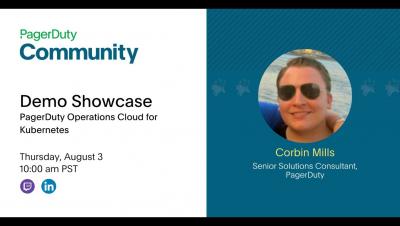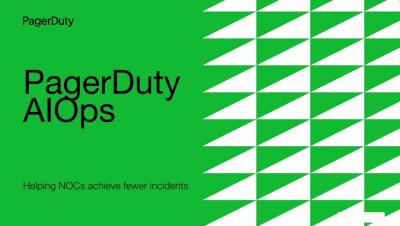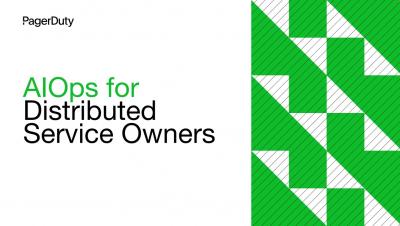Demo Roundup: PagerDuty Operations Cloud for Kubernetes
In this demo, Corbin Mills shows how to use the PagerDuty Operations Cloud to streamline and automate how a node failure is resolved. You’ll see how he uses event orchestration (in PagerDuty AIOps) to enrich an alert with pod names, and automatically runs a job to check the Kube API status, so that a responder has instant context. AIOps is also grouping and suppressing alerts. Then you’ll see how the responder can run more health status checks without the need to SSH into the environment or interrupt a co-worker for access.











